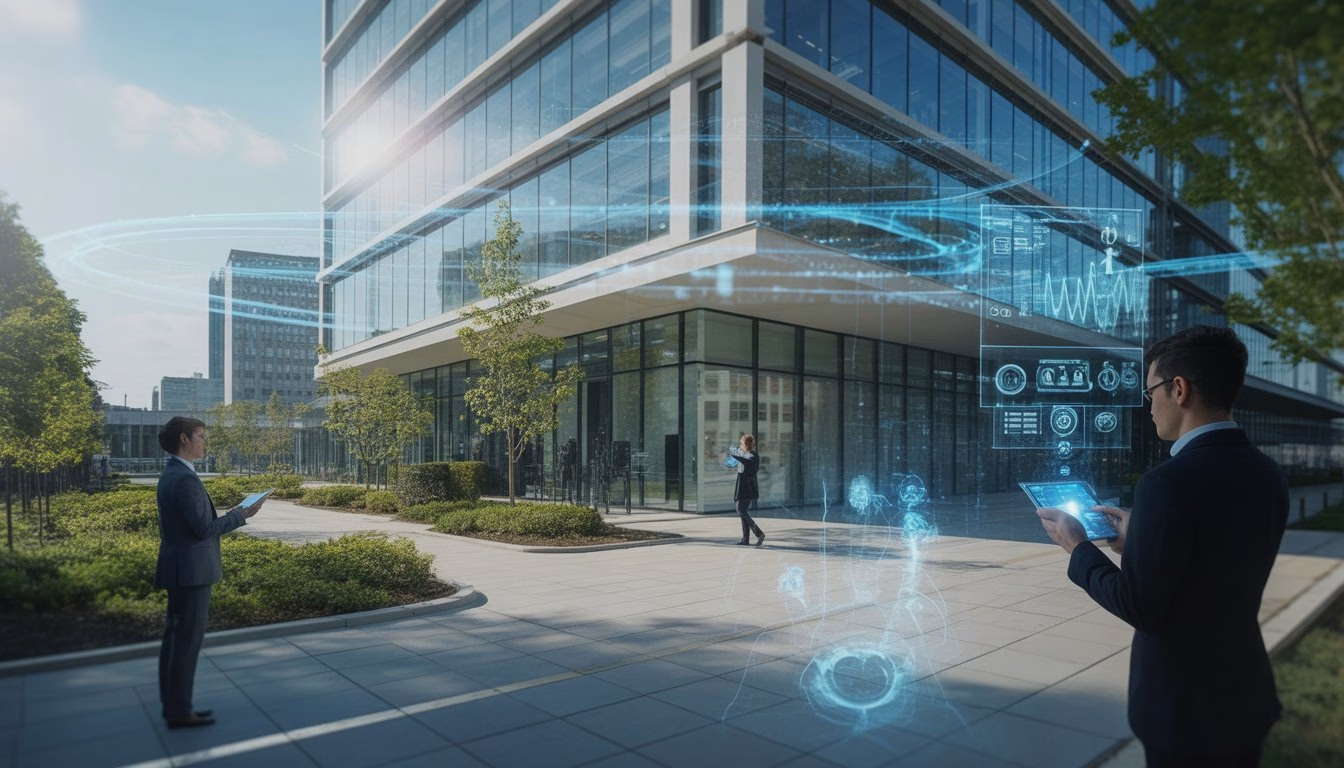Working in the world of real estate investments can lead you to unique opportunities, such as bank owned homes. These properties, typically acquired by banks after foreclosure, can offer real estate investors a chance to purchase homes at prices below market value. This can be a significant advantage if you’re looking to expand your investment portfolio with minimal initial outlay.
You can find numerous bank owned homes across the United States, accessible through platforms like Zillow and Foreclosure.com. But, understanding the process of purchasing these properties is crucial. You’ll need to conduct thorough research and property inspections to ensure you’re making a smart investment.
Once you’ve acquired a home owned by a bank, there are strategies to turn it into a cash-flowing rental. This approach not only provides a steady income stream but can also increase property value over time. By carefully managing and marketing the property, you can maximize its rental potential.
Key Takeaways
- Bank owned homes offer below-market value opportunities.
- Accessible through various online platforms.
- Potential to turn into profitable rental properties.
Understanding Bank Owned Homes
Bank-owned homes, also known as real estate owned (REO) properties, are unique in the real estate market. These properties come into play after a foreclosure and offer distinct opportunities and challenges for potential buyers.
Definition and How They Become Bank Owned
Bank-owned homes result from foreclosures, where the previous owner failed to meet mortgage obligations. When a property doesn’t sell at a foreclosure auction, ownership reverts to the bank or lender. This transformation makes them different from other real estate transactions. Banks take control of these homes to recuperate financial losses.
The term “REO” signifies the bank’s possession of the property post-foreclosure. It’s crucial to understand that these homes often come with no homeowner present, which might impact the property’s condition and marketability.
The Buying Process of REO Homes
Purchasing a bank-owned home often means navigating a different buying process compared to traditional real estate. You typically work directly with the bank or their appointed listing agent. The process might involve additional legal steps due to the foreclosure history. It’s important to be prepared for potential delays, as bank approvals can take time.
Inspections are vital since these properties may have been vacant for extended periods. Negotiations can differ, with banks sometimes unwilling to make repairs, offering homes “as-is.” Familiarizing yourself with these aspects can ease the buying journey.
Pros and Cons of Purchasing Bank Owned Homes
Bank-owned properties can offer advantages, such as potentially lower purchase prices since banks are motivated to sell and minimize their losses. This can be attractive for investors or those looking for a bargain. However, there are drawbacks to consider. These homes might require substantial repairs due to neglect during the foreclosure process.
There’s also the potential for lengthy purchasing timelines. Understanding both the benefits and challenges helps you make informed decisions. Conduct thorough research, utilize property data reports, and prepare for what buying bank-owned entails to mitigate risks and uncover value in these unique real estate opportunities.
Turning Bank Owned Homes Into Cash Flowing Rentals
Acquiring bank owned homes, or Real Estate Owned (REO) properties, can be a lucrative way to generate rental income. Identifying the right property is essential. Focus on areas with high rental demand and reasonable purchase prices, as this can maximize your return on investment.
Research local market trends to understand rental rates and vacancy statistics. This data helps in setting competitive rents and identifying neighborhoods with potential for appreciation.
After securing a property, assess its condition. Bank owned homes may require repairs and updates. Prioritize renovations that enhance rental appeal, such as modernizing kitchens and bathrooms or improving energy efficiency.
Create a simple table to evaluate the cost of improvements against potential rental income:
| Improvement | Cost | Expected Rental Increase | ROI Timeframe |
|---|---|---|---|
| New Kitchen | $10,000 | $200/month | 50 months |
| Energy Upgrades | $5,000 | $100/month | 50 months |
Once the property is ready, consider marketing strategies. Platforms like Zillow or Craigslist can help attract tenants quickly. Thorough tenant screening ensures reliable renters. Check credit, employment history, and references to reduce the risk of non-payment or property damage.
Managing the property efficiently is crucial. Decide if you will self-manage or hire a property management company. Effective management ensures consistent cash flow and tenant satisfaction, leading to long-term success in turning bank owned homes into profitable rental properties.
Frequently Asked Questions
When considering bank owned properties, it’s important to understand how to find these homes, navigate the purchasing process, and be aware of potential challenges. Investors may find unique advantages in bank owned homes, but should carefully inspect these properties due to potential issues often associated with them.
How can I find bank owned homes near me?
To locate bank owned homes in your area, consider online real estate platforms like Foreclosure.com, financial institution websites, and local real estate agents. Websites like Chase offer FAQs on finding these properties. Real estate agents can also provide listings and insights to help you find suitable options.
What are the steps to purchase a bank owned property?
Purchasing a bank owned property typically involves identifying the property, arranging financing, making an offer, and conducting inspections. It’s crucial to perform thorough due diligence and possibly consult professionals experienced in REO transactions, such as those detailed in VRMCO’s guide.
Are there any risks associated with buying a bank owned home?
Bank owned homes can come with risks, including the need for extensive repairs or potential title issues. You should be prepared for a potentially longer purchasing timeline and have funds available for necessary renovations, as highlighted by Consumer Affairs.
What advantages do bank owned homes offer to real estate investors?
Investors may find REO properties appealing due to their typically lower market value. These homes can provide opportunities for profitable investments, especially if bought at a discount. According to FastExpert, buyers might acquire properties below market value, enhancing potential investment returns.
How does the pricing of bank owned homes compare to traditional listings?
Bank owned homes usually sell at a lower price than traditional homes because banks are motivated to sell quickly. Discounts can vary depending on the property condition and market, making them attractive to budget-conscious buyers and investors seeking competitive pricing.
What should I look out for when inspecting a bank owned home?
When inspecting a bank owned home, pay attention to potential issues such as structural damage, outdated systems, and deferred maintenance. It’s advisable to hire a professional inspector to identify problems that might not be immediately evident, ensuring you understand the full scope of any potential repairs needed.
Want to know what properties banks are about to list?
Learn how to find deeply discounted properties. Get instant access to pre-foreclosures, REOs, and short sales updated daily!

If you want to make it big in rental property management, Achieving Financial Success as a Property Manager: An Insider’s Guide is your key to success!
This comprehensive guide provides all the information and strategies you need to become an expert in managing rental properties.
Don’t miss this opportunity – get your copy now from your favorite bookseller:
- Amazon
- Books2Read for Apple, Barnes & Noble, Kobo, Scribed, and 8 more sellers with both eBook and paperback options available
- Payhip as a PDF
You can also:
- Visit our learning center
- Learn more about our consulting services
This blog post was written by J. Scott Digital content creation services.



